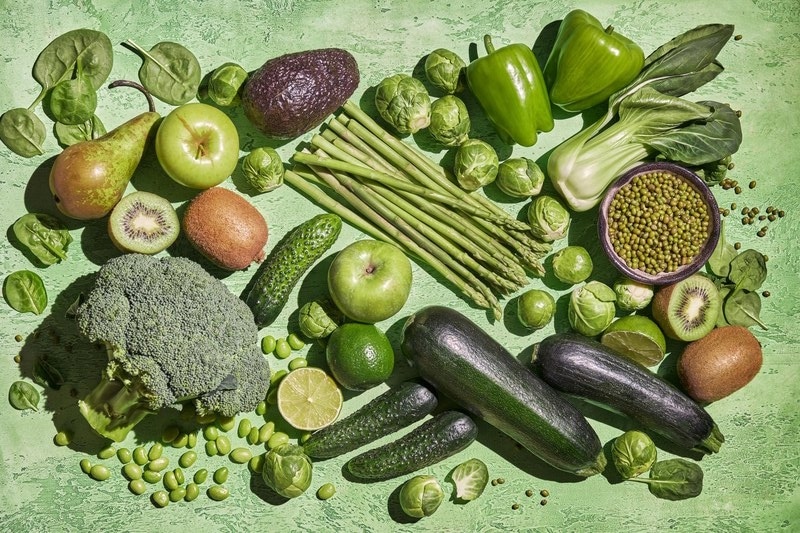
Physicians Should Advise Patients to Eat Less Meat and More Vegetables to Prevent Chronic Illness
According to an examination of global dietary guidelines, encouraging people to eat more fruits, vegetables, legumes, and whole grains is one of the most important things that can be done to prevent and treat chronic diseases.
A meta-epidemiological study conducted by the American College of Lifestyle Medicine (ACLM) and recently published in the medical journal Advances in Nutrition suggests that medical professionals should feel confident in recommending plant-based foods such as fruit, vegetables, legumes, and whole grains for the management and prevention of major chronic diseases. The findings of this study were recently published.
The research examined 78 clinical practice guidelines that were published in North America, Europe, and Asia between the years of 2010 and 2021 and found that their recommendations for encouraging daily consumption of plant-based foods while limiting consumption of alcohol, salt, sodium, red meat, and processed meat were highly congruent with one another.
Which dietary groups are more beneficial to one’s health?
The researchers found that the clinical practice recommendations suggested incorporating or increasing the intake of vegetables the most out of any food group when they analyzed the specific food groups. This percentage was nearly three quarters, which was the greatest percentage of any food category.
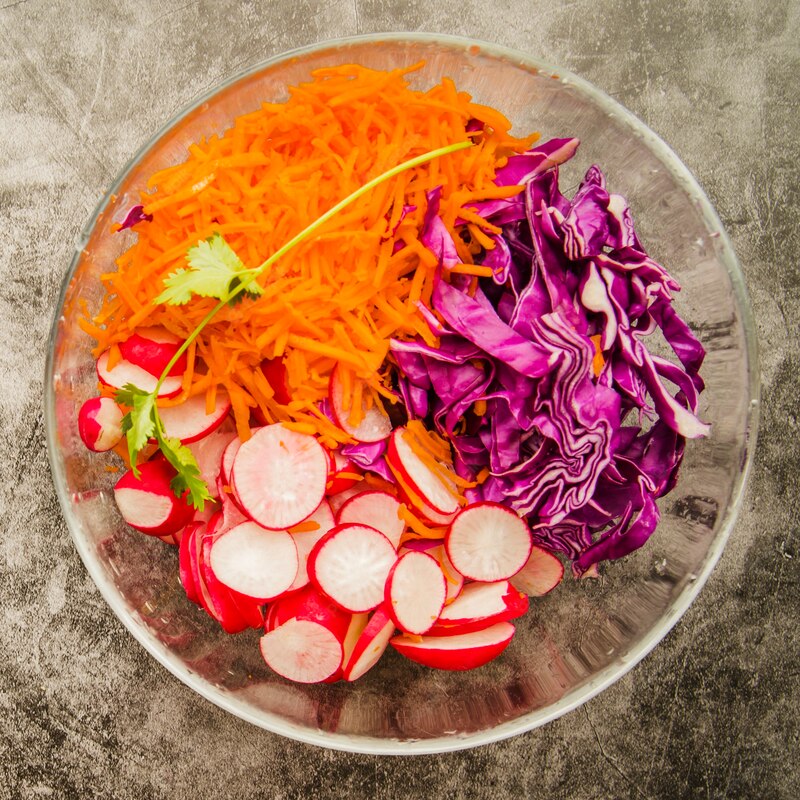
There was no recommendation in any of the guidelines to exclude or reduce the amount of veggies. In addition to veggies, the group of foods that was recommended the most frequently was fruit (69 percent), followed by whole grains (58 percent), and then legumes (47 percent).
After red meat (with 32 percent), processed meat (with 27 percent), and refined grains (with 19 percent), the dietary groups that were recommended to limit or reduce consumption of the most frequently were processed meat, red meat, and refined grains.
Sixty-two percent of the guidelines suggested eliminating, reducing, or capping the amount of alcohol in the diet, while fifty-six percent of the guidelines suggested doing the same with salt or sodium. The nutritional components that were recommended the most frequently were vegetable oils (35 percent), followed by soy protein (18 percent).
Micaela Karlsen, PhD, MSPH, ACLM, Senior Director of Research and senior study author, said in a statement that these findings demonstrate that global dietary and nutrition guidelines support and are aligned with ACLM’s recommendation that, for the treatment, reversal, and prevention of lifestyle-related chronic disease, the optimal eating plan is predominantly based on a variety of minimally processed vegetables, fruits, whole grains, legumes, nuts, and seeds.
Diet and the risk of developing chronic diseases
Clinical practice guidelines were developed by governments, major medical professional societies, and large health stakeholder associations for the purpose of improving the health of adults who suffer from chronic diseases such as type 2 diabetes, cancer, cardiovascular disease, digestive diseases, weight-related conditions, and chronic obstructive pulmonary disease (COPD). These guidelines were reviewed for this study. The recommendations for macronutrients and micronutrients were of secondary relevance in the study, while the primary focus of the investigation was on dietary patterns, food groupings, and food components.
For the purpose of the study, the researchers concentrated on main guidelines because that is what physicians typically rely on in their day-to-day work. Beth Frates, MD, Clinical Assistant Professor at Harvard Medical School and President of the American College of Lifestyle Medicine (ACLM), stated in a statement that “clinicians depend on clinical practice guidelines developed from the most current and rigorous medical research to help steer their diagnoses, treatment, and management of common chronic diseases.”
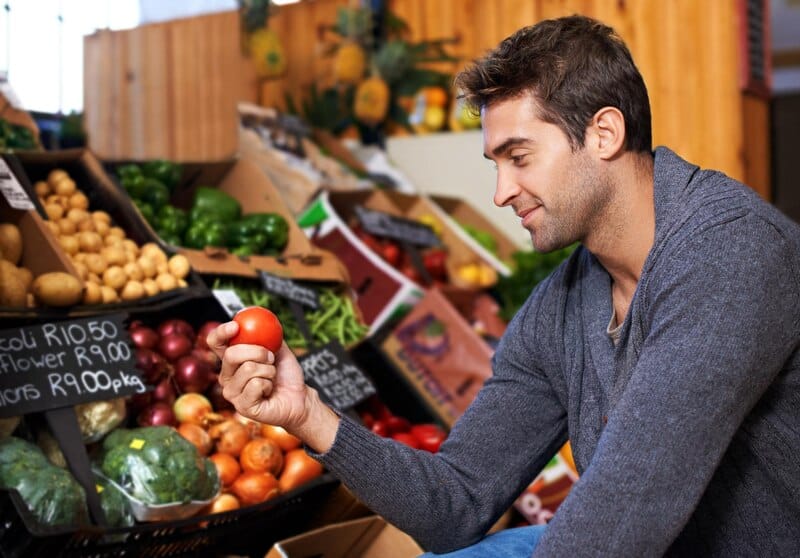
“The results of this comprehensive review of evidence-based clinical practice guidelines are important because they can benefit both clinicians and their patients by reducing the variability in dietary and nutrition guidance that often prevents clinicians from providing optimal care,” said Frates. “The reason why these findings are important is because they can benefit both clinicians and their patients by reducing the variability in dietary and nutrition guidance.”
The reason why proper diet is very essential
According to the findings of this study, the Global Burden of Disease Study has shown that bad diets are responsible for more deaths around the world than any other risk factor, including smoking cigarettes. According to the authors’ knowledge, this was the first study to examine the dietary advice found in three major chronic illness clinical practice guidelines.
The researchers from ACLM believe that the findings of the study are significant since patients have reported feeling confused as a result of inconsistent dietary messaging, particularly that which may be found online. And it is important to note that physicians, whose expertise is frequently sought by patients, frequently receive insufficient nutrition education in medical school to feel confident providing dietary guidance to patients for the treatment of chronic disease. Patients seek the expertise of physicians because they are frequently sought by patients.
Kelly C. Cara, MS, a doctoral student at Tufts University Friedman School of Nutrition Science and Policy and the study’s first author, said in a statement that “the growing prevalence of overweight [individuals] and obesity and the associated chronic conditions are a serious public health threat that must be urgently addressed.”
Cara explained, “Patients look to healthcare experts for nutritional counseling; hence, it is essential for physicians to be fully informed and confident when making suggestions to patients in order to achieve the greatest outcomes.” We have high hopes that the findings of this study will be of assistance to medical professionals in building the foundation of knowledge required to accomplish such aims.
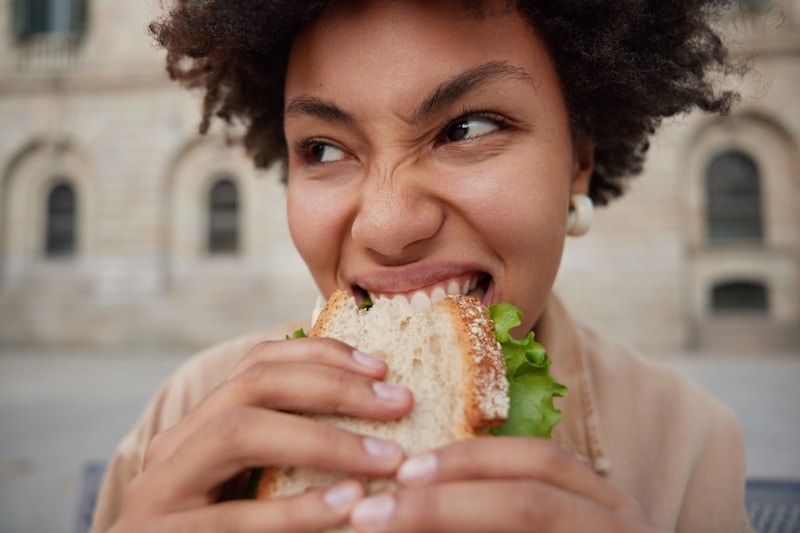
Why vegan junk food may be even worse for your health
Vegan junk food is anything that’s low in nutrients but high in sugar and fat, and usually processed, without animal-derived ingredients. Some vegans regularly consume vegan junk food, which may not be healthy. Vegan junk food can include burgers, chips, cookies, doughnuts, cakes, ice cream, and more. There are also vegan junk food recipes that can be made at home, such as cauliflower gyros and tacos with BBQ soy strips and avocado cream. Vegan junk food can be enjoyed in moderation or for special occasions.
However, it is important to note that vegan junk food may not be healthy as it is low in nutrients but high in sugar and fat. In a meta-analysis of research of iron deficiency in vegetarians, vegans and omnivores, vegans (and in particular women) come out as the highest risk group. One study found that 25% of vegans had iron deficiency anemia.
Vegan junk food could be classified the same as regular junk food: highly processed foods that are usually high in sugar and fat. The only difference here is that vegan junk food doesn’t contain any animal products like meat, dairy, or gelatin, but it’s just as bad for you as the original kind1.
While there is some overlap between vegan and regular junk foods, vegan junk food isn’t inherently healthier for you than regular junk food. Plenty of foods on PETA’s list show that many vegan junk foods are the same as traditional junk food.
Vegan junk food can include burgers, chips, cookies, doughnuts, cakes, ice cream, and more. The ingredients of vegan junk food are usually processed and high in sugar and fat.
Here are five popular vegan junk food restaurants:
- Chipotle: Chipotle is a vegan fast food paradise because the tortillas, vegetables, rice, salsas, chips and guacamole are all vegan.
- Taco Bell: When ordering vegan fast food at Taco Bell, remember two keywords: al fresco.
- Burger King: When it comes to the best vegan fast food options, the King has you covered.
- Starbucks: Starbucks has a variety of vegan options including drinks and snacks.
- Subway: Subway has a variety of vegan options including the Veggie Delite sandwich
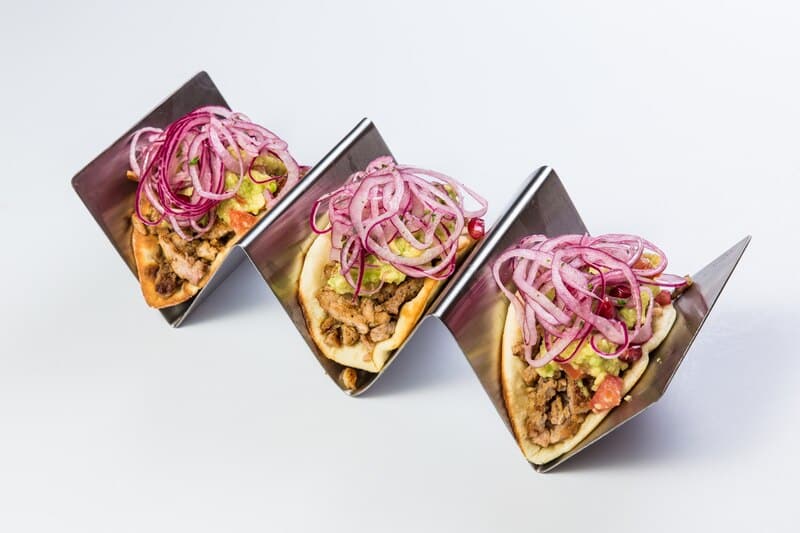
Easily Prepared Jackfruit Tacos
With these delectable Jackfruit Tacos, taco night will never be the same again. The texture of shredded jackfruit is the ideal substitute for pork in tacos. It will knock you off your feet!
Ingredients:
2 tablespoons grapeseed oil (or preferred oil)
1 small onion, chopped finely
3 to 4 minced garlic cloves
1 teaspoon of tomato paste two 14-ounce cans of young jackfruit in water or brine Well-rinsed and drained
1 teaspoon cumin
1 tablespoon of chili powder
1 teaspoon dried oregano
1 teaspoon smoked paprika
¼ teaspoon more to taste salt
¾ cup vegetable broth
Eight flour tortillas
How to prepare:
In the beginning, shred the jackfruit in a food processor. A few pulses will yield “shredded meat” texture. If you overpulse it, it will get mushy. If your food processor is small, you may need to work in batches. You can chop the jackfruit into thin slices and shred some by hand if you do not have a food processor.
In a large saucepan, heat the oil over medium heat. Add onion and sauté until transparent, about 2-3 minutes.
Add the garlic and cook until fragrant, 30 to 60 seconds. Now add the tomato paste and simmer for an additional 30 to 60 seconds.
Add shredded jackfruit and cook for two to three minutes. Now, add the spices and cook for about 1 minute, or until aromatic.
Pour in the vegetable broth and simmer for three to four minutes, or until the liquid has fully evaporated. Add extra seasoning if necessary after tasting. Turn off the heat.
Warm your corn tortillas individually over medium heat in a large skillet. Cook for thirty seconds per side. Now create tacos to your liking. See the notes for serving suggestions. Enjoy!

